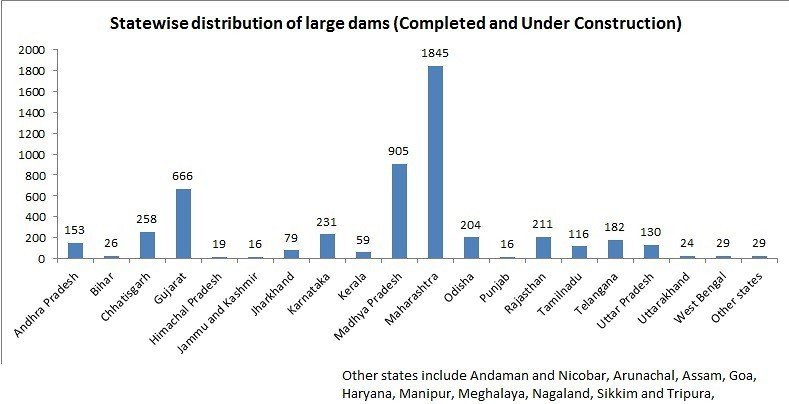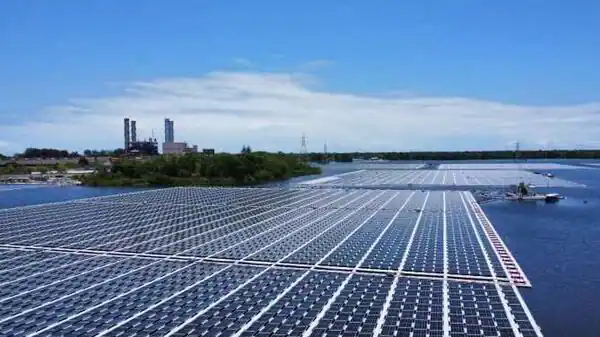With the announcement of cabinet approval for the National Hydrogen Mission the topmost outcome anticipated is the development of green-hydrogen production capacity of at least 5 MMT (Million Metric Tonne) per annum with an associated renewable energy capacity addition of about 125 GW in the country.
India achieved 172 GW of commissioned renewable energy on 31st Oct 2022 according to MNRE data. We have set our sights on reaching 500 GW by 2030. Wind and solar will clearly lead the path in the short (1-2 years) & mid-term (3-5 years).
The question is how we should accelerate potential new site identification for renewable energy generation installations and their subsequent efficient grid integration, or possibly a decentralized grid setup such that it specifically serves areas that are concentrated pockets with huge energy demand, be it commercial or residential.
With Wind there is a plan to reach 30 GW in offshore capacity and a strategy paper to that effect is already out. With solar there are ultra MW solar park being planned and a target capacity addition of 40 GW is on by March 2024. The big laggard has been rooftop solar and it may pick up after the example Modhera, Gujrat example. An area of opportunity with solar installations is floating solar. Here is brief opinion piece on the status and prospects.
A 100 MW capacity floating solar plant power project became operational in July 2022 at Ramagundam, Telangana. Jointly commissioned by NTPC and BHEL and setup in the reservoir of NTPC’s thermal power plant, this floating solar power installation is touted as the largest such in the country. This unique feat has brought into limelight the number of benefits of a floating solar installation such as the ease in land acquisition and cost effectiveness of the project. The cost of Ramagundam installation was reportedly Rs 423 crore, thus keeping it in the same ballpark as the estimates for most land based solar installations that currently average out around Rs 4-5 crore / MW. The other benefit of a floating solar installation includes the cooling effect from the water that helps improve efficiency of the solar energy collector and the avoidance of loss of water from the reservoir by evaporation. Further cleaning of solar panels off any dust becomes much easier and cost effective.
Floating solar panels have steadily started to make their mark. According to some estimates [1], there are more than a dozen projects underway in India that have a combined capacity of 1.8 GW. This is however a very small number particularly with the total installed solar capacity in India reaching 57.7 GW as of June 2022. The quantum of floating solar that is installed and planned is cumulatively lesser than half of what was installed overall during the last quarter. The opportunity size is however quite large. India has, as reported by National Register of Large Dams, and based on certain criteria, classified 59 of the large dams as ‘Dams of National Importance’. These 59 dams themselves have a total reservoir surface area of 12,732 sq km or approx. 31 lakh acres. [2]. Every MW of solar power needs 5 acre land according to MNRE. With some factors accounted for annual variation in reservoir levels we can still assess the extremely high potential that exists for solar power generation. Apart from these 59, India has many large dams. The figure below based on MNRE data captures the statewise count of large dams.

Considering merely the number of large size dams, the MNRE database indicates a higher potential for solar installations in Maharashtra, Madhya Pradesh and Gujrat. Incidentally they are also the states with higher solar capture potential.
Water is a precious commodity and water evaporating from dams is a major challenge. Floating solar panels offer a unique opportunity to fulfil in part the energy demand of the country.
References:
[1] Arun Kumar Professor Department of Hydro and Renewable Energy, IIT Roorkee https://www.old.iitr.ac.in/departments/HRE/uploads/lecture_series/Ruby_Jubilee_Lecture_Series/floating_PV_In_India_by_Prof_Arun_Kumar-July_2021.pdf)
[2] NRLD data: (https://cwc.gov.in/sites/default/files/nrld06042019.pdf )
Author: Nikhil Tambe, Chief Executive Officer – Energy Consortium, Indian Institute of Technology, Madras
Image by Tornike Jibladze from Pixabay

